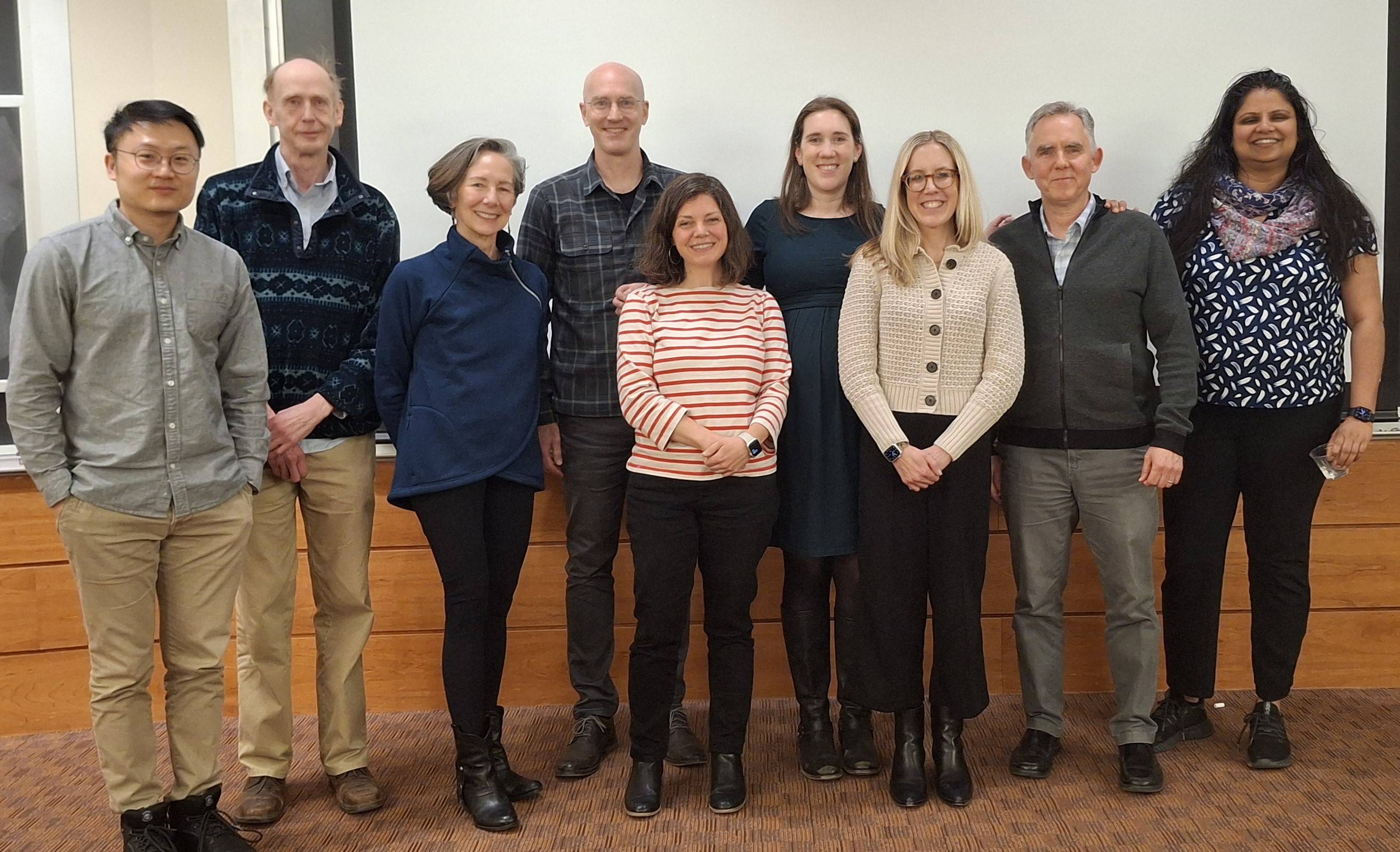To understand today’s segregation, Anne Bond is working to help Milwaukeeans understand their history and geography.
Anne Bonds, Professor of Geography and affiliated Professor of Urban Studies and Sociology at the University of Wisconsin-Milwaukee, gave this year's annual Gould Lecture. She presented her ongoing project in a talk, “Infrastructures of Exclusion: Real Estate, Resistance and Racial Regimes of Property in the Urban North,” on Thursday, April 10.
Professor Bonds Bonds explored the history of racial covenants, which are agreements often found in property deeds that restrict marginalized groups from buying property. Racially-restrictive covenants were commonly used at the turn of the 20th century, with something like nearly half of new properties in the 1950's carrying some kind of covenant. While African-Americans were welcomed in limited roles as laborers and domestic help in white neighborhoods, they were not allowed the privilege of ownership. Sometimes, the exclusion was overt, but often it was disguised as a tool for “preserving neighborhood character” and to prevent "nuisances" - language that was also applied to plants or animals - effectively keeping predominantly white neighborhoods white.
When describing the ramifications of racial housing covenants, Bonds noted their deep-rooted impacts. This meant that racial covenants work at very long time scales, like human generations, and included not only housing but also burial plots. Covenants also required the participation of multiple other institutions, such as banks, realtors and developers. Even though racial covenants were considered unenforceable by the Supreme Court in 1948 and outlawed by the 1968 Fair Housing Act, their effects are still echoed in the accumulation of generational wealth and current housing ownership and occupation patterns. In Milwaukee, among the US Census's most segregated cities and metropolitan areas, inequality in homeownership between whites and African-Americans is also among the largest in the country. Only 26% of African-Americans own their homes, while 72% of whites do.
“Racial restrictive housing covenants created material spaces of whiteness, ensuring both that non-white people were confined to highly segregated neighborhoods and also denying them access to the housing equity and wealth associated with home ownership,” Bonds said.
To collect information about racial covenants in the Milwaukee area, Bonds and her team harnessed the power of image recognition software, which allowed them to upload digitized archives of property deeds and other records to create images of nearly 4.9 million documents. The team uploaded images to a citizen science platform called Zooniverse that allows volunteers to transcribe what they see, each of which is then reviewed multiple times for accuracy. This crowdsourcing effort is fundamental to the ultimate goal of the project, as not only a volunteer labor source, and as educational outreach about the history and nature of racial covenants in Milwaukee, and as a way of understanding how institutional racism worked.
“We are working to make visible the ways in which property operates as an essential component of the extractive economies of racial capitalism,” Bonds said.
Colgate Assistant Professor of Geography Madeleine Hamlin, who helped coordinate Bonds’s visit, highlighted Bonds’s unique approach to the project. “I think she presented some really innovative research on a topic that a lot of urban scholars think they know a lot about, which is the history of racially-restrictive covenants, but she presented it in a really new and innovative way,” Hamlin said.
